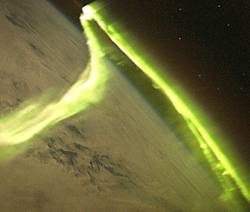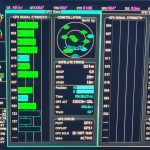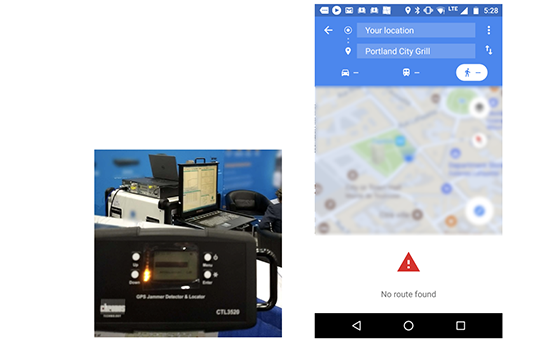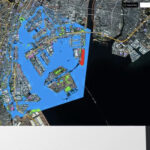 Aurora as seen from International Space Station
Aurora as seen from International Space StationReturn to "GNSS Year in Review"
This subject gave the GNSS world a wake-up call on January 20 when the top gun at the U.S. Air Force told a conference audience that GPS is vulnerable to threats such as jamming and anti-satellite weapons and that the United States should reduce its dependence on the system.
Return to "GNSS Year in Review"
This subject gave the GNSS world a wake-up call on January 20 when the top gun at the U.S. Air Force told a conference audience that GPS is vulnerable to threats such as jamming and anti-satellite weapons and that the United States should reduce its dependence on the system.
Air Force Chief of Staff Gen. Norton Schwartz went on to say that the military may be relying too much on GPS and needed to develop alternatives for precise positioning, navigation, and timing (PNT). Alarming words from the head of the organization in charge of operating and maintaining GPS.
Ironically, Schwartz’s remarks came a little more than a week after the Department of Homeland Security certified that the Loran-C system infrastructure is not needed as a backup to the GPS system and the U.S. Coast Guard announced plans to shut down the system in 2011. (Our website article on the subject was the most-read story on insidegnss.com during 2010.)
Those actions came despite an international campaign to keep the system and the unanimous recommendation from an independent review team that Loran should be upgraded to enhanced Loran (eLoran) in order to backstop GPS.
Given that GNSS systems share the same small chunks of radio frequency spectrum, GPS represents a kind of canary in the coal mine – a harbinger of threats facing other systems.
In March, two British organizations sponsored a well-attended symposium on the subject, “GPS Jamming & Interference — A Clear and Present Danger,” and in September the third annual conference GNSS Vulnerabilities and Solutions Conference took place in Croatia.
Coincidentally or not, the growing availability of low-cost GPS jammers has paralleled the growth in fee-generating GNSS-based applications such as mileage-based car insurance and road-tolling. Although more challenging to implement, GNSS spoofers that imitate rather than interfere with GNSS signals may represent an even more serious cause for future concern.
In addition to the matter of unintended interference or intentional jamming that originate from human sources, GNSS may be adversely affected by various natural causes, such as the solar cycle and associated atmospheric phenomena. As it turns out, we are near the beginning of a more active phase in solar activity.





